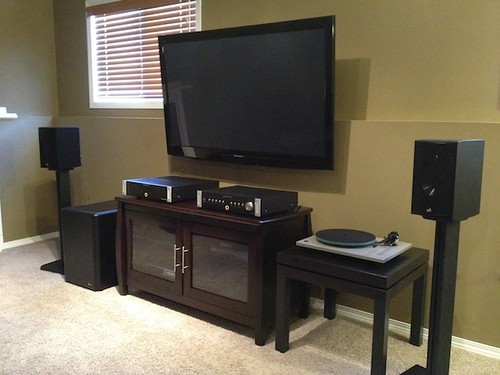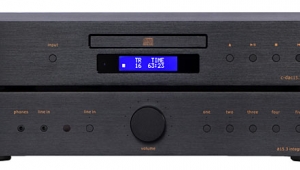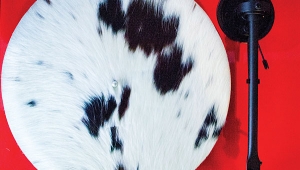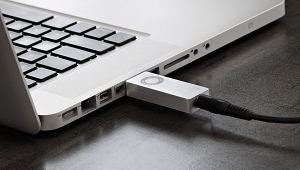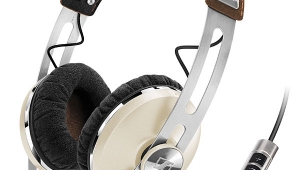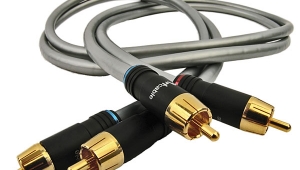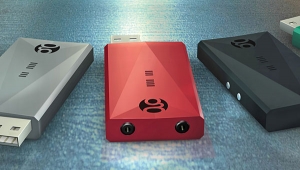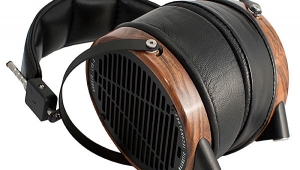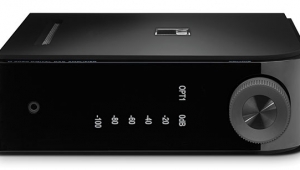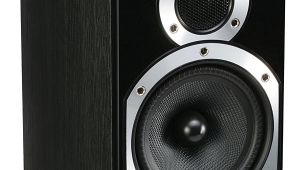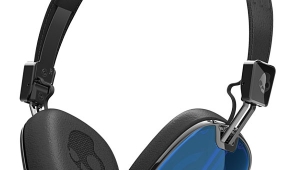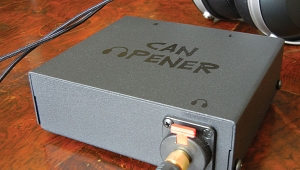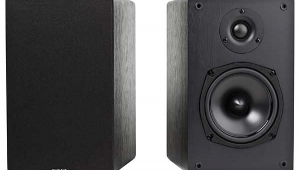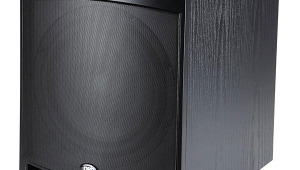| Columns Retired Columns & Blogs |
Your current configuration will not result in your B1's being crossed over. They are running full range. The only way to cross your B1's to the sub is to employ a passive or (preferrably) active crossover. That sub will not do it alone. I just don't want you to over stress the woofers in your B1's thinking they are protected by a crossover that isn't there.
P.S. If you think one sounds good wait until you hear a stereo pair.



